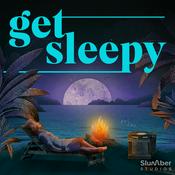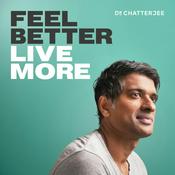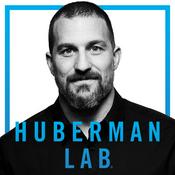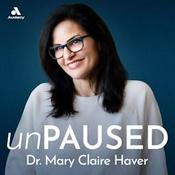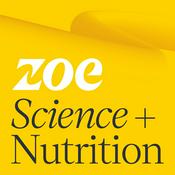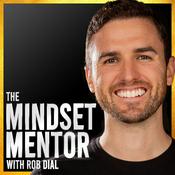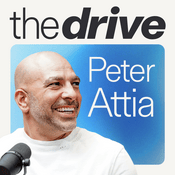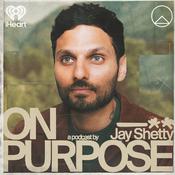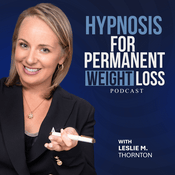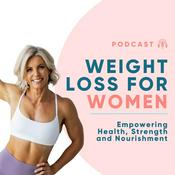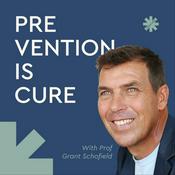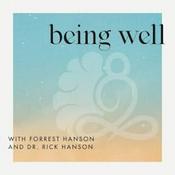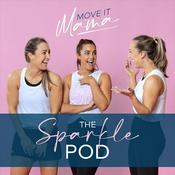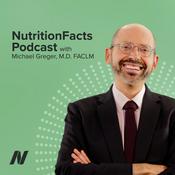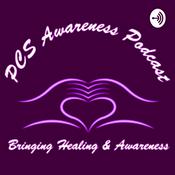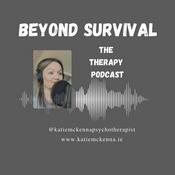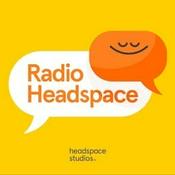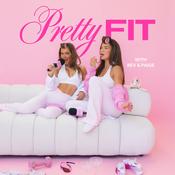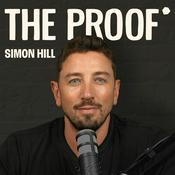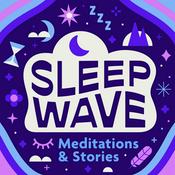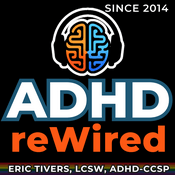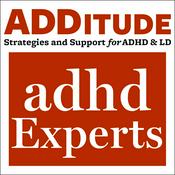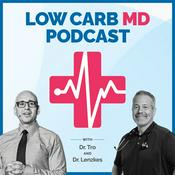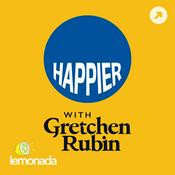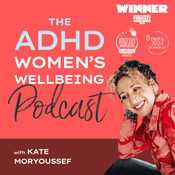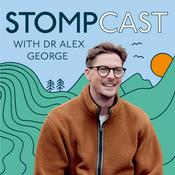346 episodes

Meet Reason Recovery: Must Use Strategies
23/12/2025 | 39 mins.
February hits hard: cold mornings, late practices, weekend meets, and a school calendar that won’t quit. We dive straight into the reality of athletic overload and replace vague advice with a practical system built on three pillars that actually move the needle: sleep, fueling, and real downtime. Using an easy phone-battery analogy, we show how to close the mental “apps,” dim the brightness, and get full charges so training pays off when it matters.We walk through sleep tactics backed by research and field-tested in the gym: consistent bed and wake times, morning and sunset light to anchor circadian rhythms, a cool dark room, and thirty screen-free minutes before bed. You’ll hear simple ways to manage late-night homework without wrecking sleep, plus the bedroom rules that make it easier to fall and stay asleep. From there, we shift to fueling and hydration, where many athletes unintentionally operate on fumes. Learn how to structure small, frequent meals and pre-pack snacks, use Sunday prep to save hours, and refuel after practice so your body can repair tissue, restore glycogen, and consolidate skills.We also tackle culture: social media myths, “what I eat in a day” pitfalls, and the difference between looking fit and being fueled to perform. You’ll get ideas for bringing a sports dietitian to your team, involving parents in grocery and prep, and modeling the habits you want athletes to keep. Finally, we make the case for parasympathetic time—scheduled off-switch blocks, short breaks, and even strategic vacations—to lower stress and protect consistency through the grind. If you want to show up in the thick of season with energy, execution, and a clearer head, this playbook is your edge.Enjoying the show? Follow, share with a teammate or parent, and leave a quick review with your top takeaway so we can help more athletes thrive.We appreciate you listening! To learn more about SHIFT, head here - https://shiftmovementscience.com/To learn about SHIFT's courses, check our website here - https://courses.shiftmovementscience.com/Also, please consider rating, reviewing, and sharing the podcast with your friends! Thanks :)Thanks for listening to The SHIFT Show! Check out SHIFT's most popular courses here! https://courses.shiftmovementscience.com/Want to join our online educational community of over 1000 gymnastics professionals and get 40+ hours of gymnastics lectures? Join The Hero Lab below!https://shiftmovementscience.com/theherolab/ Check out all our past podcast episodes here!https://shiftmovementscience.com/podcast/

Overcoming Shin Splints In Meet Season
16/12/2025 | 25 mins.
The line between “normal sore” and “season-ender” can be thinner than a springboard. We’ve been seeing a spike in shin pain as athletes ramp into meet season, so we dug into what actually separates routine aches from stress reactions and fractures—and how to act before things break. You’ll hear the red flags we never ignore, why focal anterior tibia pain is different from posteromedial soreness, and the simple rule of threes that helps coaches and athletes make better calls on the floor.We share the four-stage path we use in the clinic—relative rest, strength, plyos, and sport return—and why early action shrinks each phase. One surprising insight: bone is most responsive to the first 20 to 60 impacts, especially in the morning, which means a short dose of depth drops and pogo hops can outpace long, junk-mile sessions. Add in heavy calf work, single-leg plyos, and targeted landing mechanics, and you get a plan that builds resilience without burning the fuse. We also talk realistic event modifications, smart rep caps for vault and floor, and checkpoints for progressing from rod to floor and from soft board to springboard.Underneath the protocols are the big levers: workload honesty, technical efficiency, and adequate fuel. Many athletes aren’t weak; they’re over-spiked, under-fueled, and landing hard. Tidy up shapes, let the equipment return energy, and loop in sports nutrition when progress stalls. If your goal is college gymnastics or simply a healthy, complete season, the bravest move is often stepping back for two weeks to save the next twelve. Listen to learn the exact tests, numbers, and conversations that help athletes stay on track and out of boots. If this episode helps, subscribe, share it with a coach or teammate, and leave a review with your biggest takeaway.We appreciate you listening! To learn more about SHIFT, head here - https://shiftmovementscience.com/To learn about SHIFT's courses, check our website here - https://courses.shiftmovementscience.com/Also, please consider rating, reviewing, and sharing the podcast with your friends! Thanks :)Thanks for listening to The SHIFT Show! Check out SHIFT's most popular courses here! https://courses.shiftmovementscience.com/Want to join our online educational community of over 1000 gymnastics professionals and get 40+ hours of gymnastics lectures? Join The Hero Lab below!https://shiftmovementscience.com/theherolab/ Check out all our past podcast episodes here!https://shiftmovementscience.com/podcast/

Improving Flexibility: Exact Step By Step Scientific Methods
25/11/2025 | 16 mins.
Get 25% off all SHIFT's Courses this week only! Use code "BF2025"www.shiftmovementscience.com/bf2025We break down a clear, research-backed path to better flexibility using simple daily stretching, short soft tissue work, heavy eccentrics, and active drills that help the nervous system keep new range. We finish with a practical circuit, progress timeline, and a resource for coaches who want more depth.• Static stretching dosage that drives change • Warm-up sequencing that protects power • Short, moderate soft tissue work to prime tissues • Eccentric exercises for lasting adaptation • Active flexibility drills to own end range • Technique and programming that make gains stick • A simple circuit and four to five week timeline“Definitely check out the gymnastics flexibility brewprint... if you're working in gymnastics or dance or cheerleading or ballet, that course is going to be a dream come true.”We appreciate you listening! To learn more about SHIFT, head here - https://shiftmovementscience.com/To learn about SHIFT's courses, check our website here - https://courses.shiftmovementscience.com/Also, please consider rating, reviewing, and sharing the podcast with your friends! Thanks :)Thanks for listening to The SHIFT Show! Check out SHIFT's most popular courses here! https://courses.shiftmovementscience.com/Want to join our online educational community of over 1000 gymnastics professionals and get 40+ hours of gymnastics lectures? Join The Hero Lab below!https://shiftmovementscience.com/theherolab/ Check out all our past podcast episodes here!https://shiftmovementscience.com/podcast/

Post Achilles Tear Return to Gymnastics Programs
11/11/2025 | 25 mins.
Thanks for listening to The SHIFT Show! Check out SHIFT's most popular courses here! https://courses.shiftmovementscience.com/We lay out a clear, test-driven plan for returning to gymnastics after an Achilles injury, from strength benchmarks and load progressions to surface mixing and smart skill choices. We also explain why removing a single back pass can cut risk without cutting value.• why we avoid midroll ads and keep focus• clearance, range, and strength symmetry before plyos• force plate isometrics and practical alternatives• Baxter continuum to map Achilles load tiers• weekly split balancing plyos and heavy strength• soft surfaces first with low volume• mixing surfaces before raising intensity• event caps and next-day symptom checks• modifying floor passes to reduce risk• timelines, expectations, and communication with coachesWe appreciate you listening! To learn more about SHIFT, head here - https://shiftmovementscience.com/To learn about SHIFT's courses, check our website here - https://courses.shiftmovementscience.com/Also, please consider rating, reviewing, and sharing the podcast with your friends! Thanks :)Thanks for listening to The SHIFT Show! Check out SHIFT's most popular courses here! https://courses.shiftmovementscience.com/Want to join our online educational community of over 1000 gymnastics professionals and get 40+ hours of gymnastics lectures? Join The Hero Lab below!https://shiftmovementscience.com/theherolab/ Check out all our past podcast episodes here!https://shiftmovementscience.com/podcast/

Preseason Priorities For Gymnastics
04/11/2025 | 29 mins.
Thanks for listening to The SHIFT Show! Check out SHIFT's most popular courses here! https://courses.shiftmovementscience.com/We start with the thrill and fear of automation, then channel that energy into a clear, practical plan for gymnastics preseason. Power first, targeted anaerobic work, and smart progressions turn combinations into confident full routines without spikes in injury risk.• Four training buckets: skills, strength and power, metabolic conditioning, athlete wellness• Off-season focus: new skills, lifting twice weekly, aerobic base, injury clean-up• Preseason shift: link skills to halves, then fulls, add high-intensity power, anaerobic work• Floor is most metabolically demanding; avoid rushing full routines• Use the floor “beep test” to gauge event-specific endurance• Power menu: accelerations, broad jumps, depth drops, seated jump progressions, med ball throws• Upper body and core power: plyo push-ups, rope climbs, straight-arm patterns, snap shapes• Circuits first, hybrid event cardio next; prioritize safety with pits and soft surfaces• Weekly rhythm: basics Monday, hard Tuesday, unload Wednesday, build Thursday• Twelve-week floor-to-ceiling model to manage workload and reduce injury riskWe will try to include the articles mentioned in the show notes so people can check it outWe appreciate you listening! To learn more about SHIFT, head here - https://shiftmovementscience.com/To learn about SHIFT's courses, check our website here - https://courses.shiftmovementscience.com/Also, please consider rating, reviewing, and sharing the podcast with your friends! Thanks :)Thanks for listening to The SHIFT Show! Check out SHIFT's most popular courses here! https://courses.shiftmovementscience.com/Want to join our online educational community of over 1000 gymnastics professionals and get 40+ hours of gymnastics lectures? Join The Hero Lab below!https://shiftmovementscience.com/theherolab/ Check out all our past podcast episodes here!https://shiftmovementscience.com/podcast/
More Health & Wellness podcasts
Trending Health & Wellness podcasts
About The SHIFT Show
Listen to The SHIFT Show, Get Sleepy: Sleep meditation and stories and many other podcasts from around the world with the radio.net app
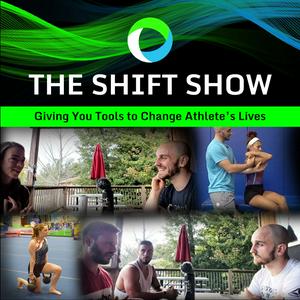
Get the free radio.net app
- Stations and podcasts to bookmark
- Stream via Wi-Fi or Bluetooth
- Supports Carplay & Android Auto
- Many other app features
Get the free radio.net app
- Stations and podcasts to bookmark
- Stream via Wi-Fi or Bluetooth
- Supports Carplay & Android Auto
- Many other app features


The SHIFT Show
download the app,
start listening.
